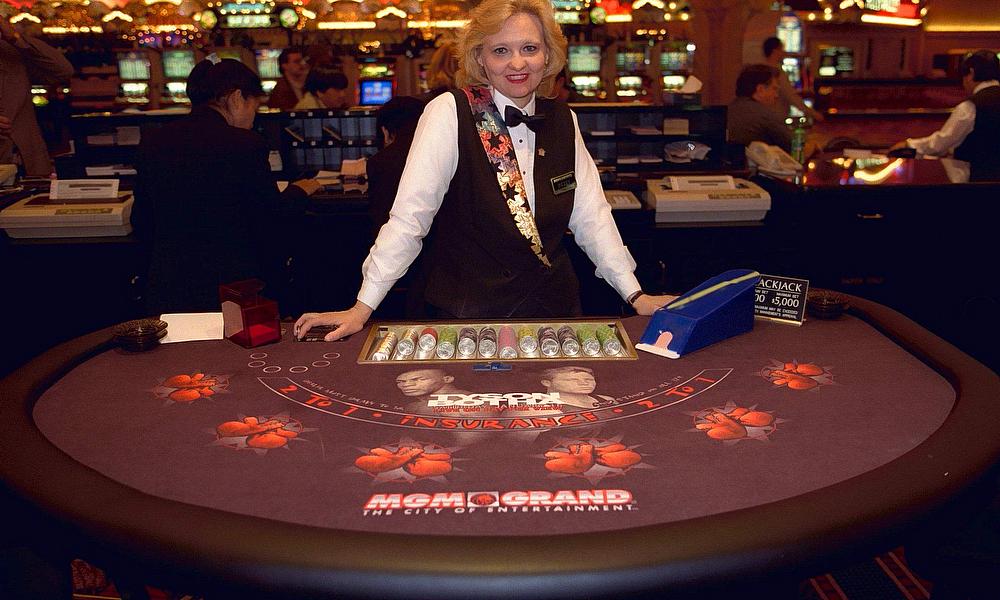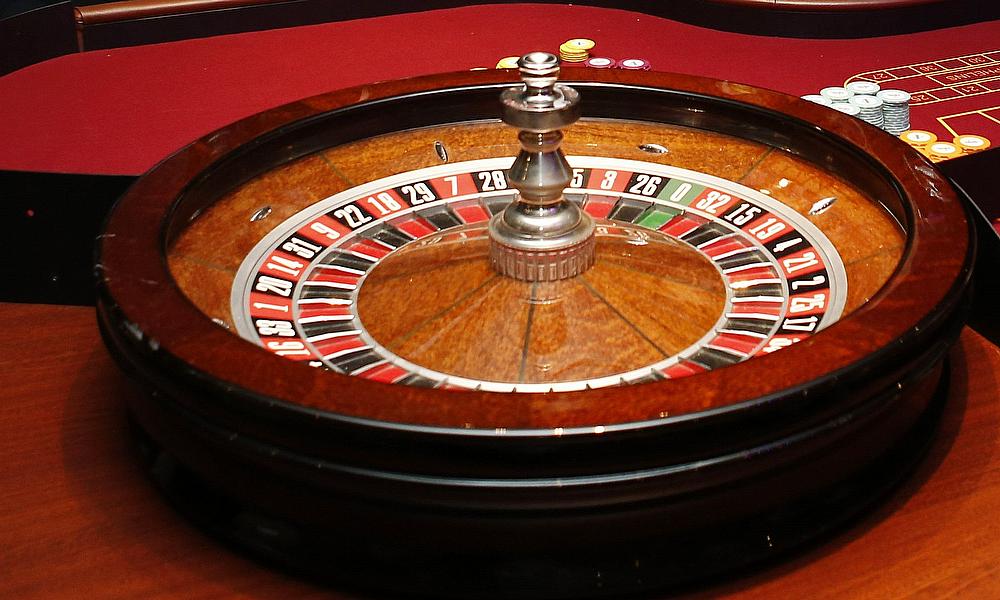Slot game preferences evolve through a complex interplay of personal experiences, visual stimulation, and reward mechanisms that gradually shape player affinities. These preferences rarely form instantly but develop over time as players experiment with various game styles, themes, and mechanics. What begins as random exploration often transforms into established patterns of gameplay that reflect individual tastes and playing styles. Game selection to select ynpn has documented how player preferences typically crystallise after sampling between 15-20 slot games. This exploration phase allows players to identify which game elements resonate most strongly with their entertainment expectations and risk tolerance profiles. The discovery process often reveals preferences players didn’t realise they had until experiencing specific game mechanics firsthand.
Visual attraction
Theme selection stands as the most immediate factor influencing initial game choices. Players naturally gravitate toward visual aesthetics and storylines that connect with their interests, whether ancient civilisations, fantasy worlds, or pop culture references. The colour schemes, character designs, and animation quality create powerful first impressions, inviting further exploration or prompt immediate dismissal. Background music and sound effects complement visual elements to create immersive experiences that enhance emotional engagement. Games with audio synchronising perfectly with winning moments create stronger player attachments than those with generic or repetitive soundtracks. This sensory combination of visuals and audio forms the foundation upon which deeper gameplay preferences develop.
Memory effect and win association
Major wins create powerful psychological anchors that influence future game selection. Players often develop strong preferences for games that previously delivered memorable winning experiences, regardless of whether those outcomes resulted from statistical probability or game design. This win association can establish lifelong preferences that prompt players to return repeatedly to games where they experienced success. The specific circumstances surrounding significant wins further cement these associations. Games that deliver major wins during special occasions or alongside positive life events gain additional emotional significance. This memory effect explains why many experienced players are loyal to specific titles despite trying numerous newer games with superior graphics or features.
Community influence
- Streaming platforms showcase high-win potential games
- Forum discussions highlight popular titles and strategies
- Friend recommendations introduce players to new game types
- Social media shares amplify exceptional win stories
- Player reviews provide authentic gameplay insights
Community recommendations increasingly shape player preferences as slot gaming becomes more social. Seeing others enjoy specific games often prompts players to try titles they might otherwise overlook. This social validation strengthens existing preferences while occasionally challenging players to expand beyond their comfort zones.
Evolution of preferences over time
Player preferences rarely remain static but evolve through continued exposure and changing circumstances. Early preferences often focus on simple game mechanics and familiar themes, while experienced players typically develop an appreciation for more complex features and innovative gameplay elements. This maturation process reflects growing sophistication in understanding how different game structures affect entertainment value. Technology advancements continually reshape these preferences as new features become possible. Mobile optimisation has dramatically shifted where and how people play, consequently influencing their preferred game styles. Features like portrait mode gaming, quick-spin options, and simplified interfaces have gained importance as players increasingly choose games that accommodate their lifestyle rather than just their aesthetic preferences.









